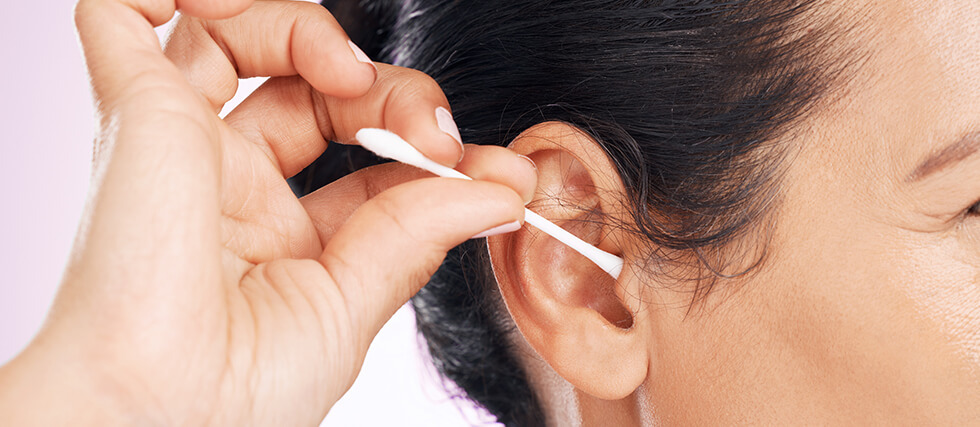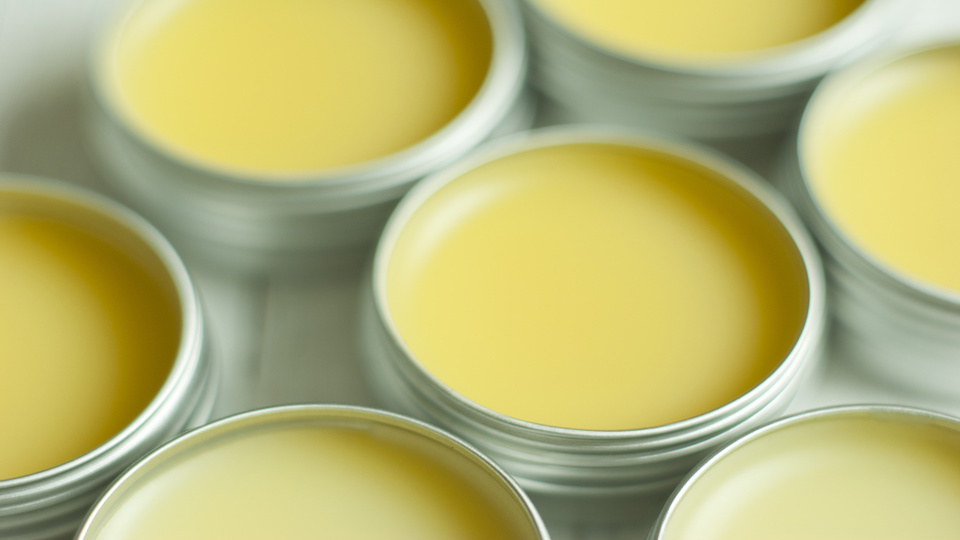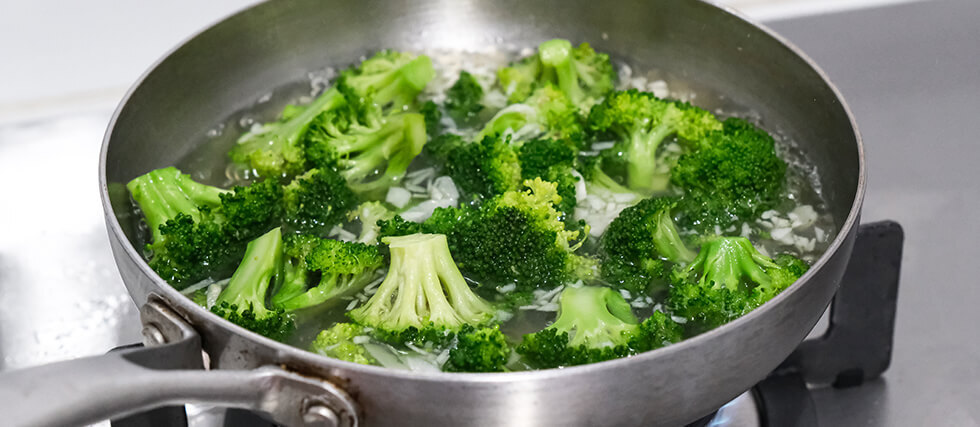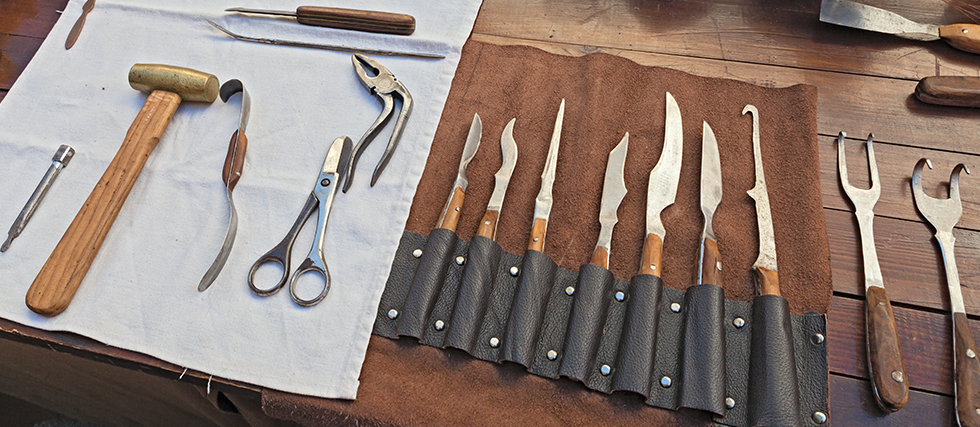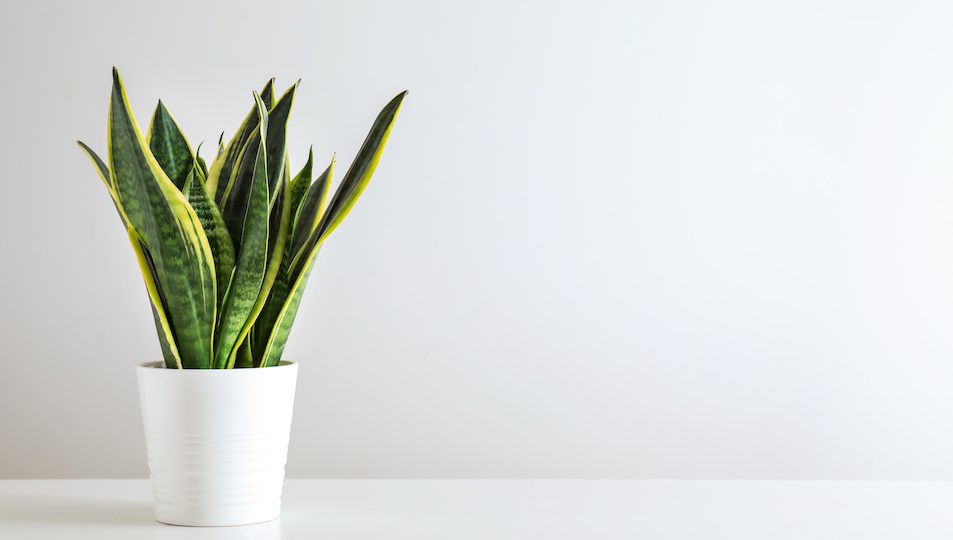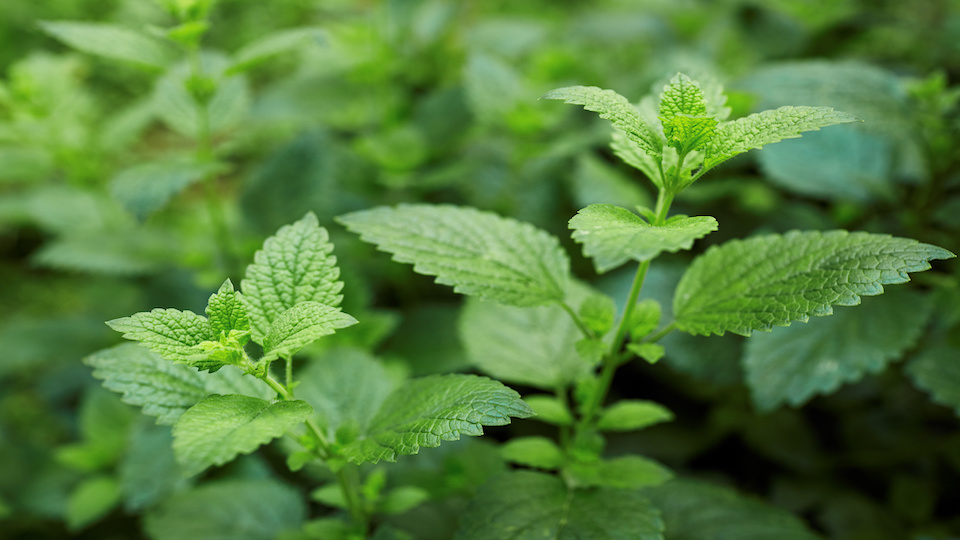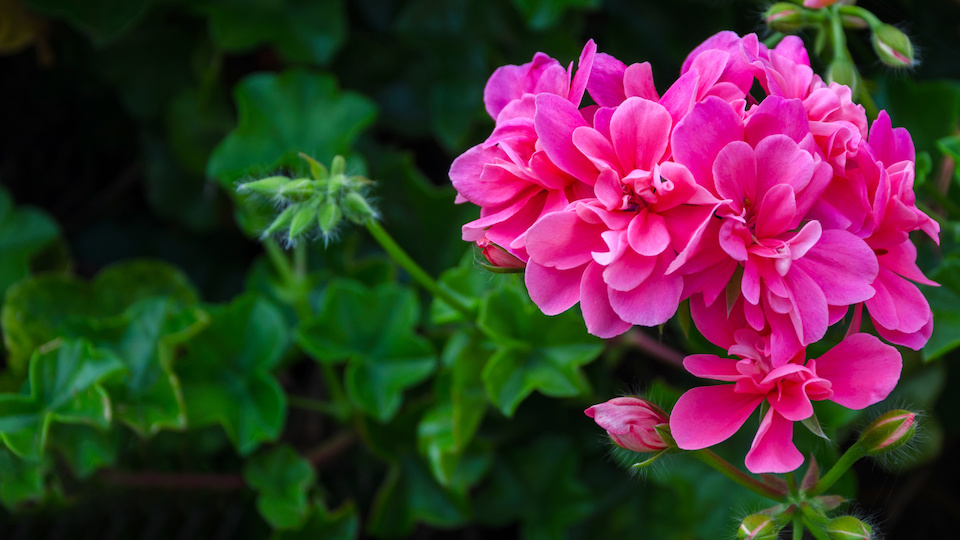Surprising Signs Your Earwax Can Give About Your Health
Earwax might not be something you think about often—until it becomes a nuisance. But did you know this sticky substance can reveal surprising clues about your health?
Far from being just an “icky” annoyance, earwax (medically known as cerumen) serves an important purpose. It protects your ears by trapping dust, dirt, and bacteria. However, changes in its color, texture, or smell can sometimes signal that something else is going on in your body.
Before you grab a Q-tip (which doctors don’t recommend), here are a few signs your earwax could be giving about your health:
- A Change in Color
Healthy earwax usually ranges from golden to light brown. However, if you notice greenish wax, it may indicate an infection. Brown with red streaks might suggest an ear injury or even a ruptured eardrum. Black wax? That could indicate a blockage that needs attention. - Unusual Odor
Earwax shouldn’t have much of a smell. A strong or foul odor could be a sign of an ear infection, like swimmer’s ear. In rare cases, a sweet smell—especially in infants—might indicate a metabolic disorder called maple syrup urine disease. - Chewing Helps Keep Ears Clean
Believe it or not, your jaw plays a role in ear health! Chewing and talking help naturally move earwax out of the ear canal. For older adults or those with dentures, reduced jaw movement can lead to wax buildup. - Hearing Issues Could Be Wax-Related
If your hearing feels muffled, impacted earwax might be to blame, especially if you use hearing aids, earbuds, or earplugs regularly. Keeping devices clean can help prevent excess buildup.
Earwax may not be glamorous, but paying attention to it could give you early hints about your health. If something seems off, it’s always best to check with a professional—your ears will thank you!


